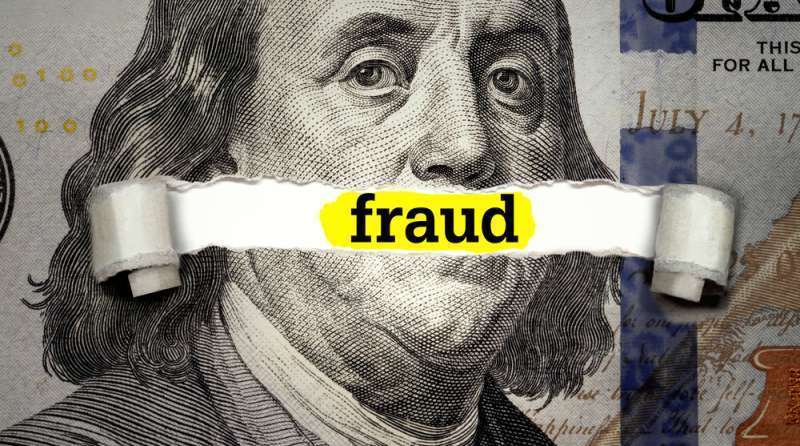
Small Business Administration (SBA) Inspector General (IG) Mike Ware told members of Congress on Thursday that the SBA Office of Inspector General (OIG) is “super confident” in its $200 billion estimate of potentially fraudulent COVID-19 pandemic assistance loan programs.
He also said that SBA’s own estimate of $36 billion of fraud in the programs is inaccurate – and said, “they know that.”
The SBA OIG released a report on June 27 that revealed at least 17 percent of all COVID-19 Economic Injury Disaster Loan (EIDL) and Paycheck Protection Program (PPP) funds were potentially fraudulent. However, later that same day, the SBA released its own competing report saying that number was only three percent.
Members of the House Committee on Small Business demanded answers on the large discrepancies between the two reports during a July 13 hearing. However, many lawmakers were surprised and angered that SBA Administrator Isabella Casillas Guzman declined to testify due to previously scheduled commitments.
“I want to reiterate how disappointed I am the administrator did not show up today. This is a big deal,” said committee Chairman Roger Williams, R-Texas. “I don’t know if I ever remember a time an agency ever accused their nonpartisan watchdog of misleading the American people and the congressional committees that are charged with their oversight.”
“The findings in these two reports are wildly different, and quite frankly, confusing,” added Ranking Member Nydia Velazquez, D-N.Y. “I understand there will be discrepancies in the reporting, but I’m concerned over the degree to which the estimates varied.”
Ware said that he also “was surprised” by the SBA’s estimate, noting that he and Administrator Guzman “are normally in lockstep.”
“The SBA is mistaken, and I think they know that,” Ware said. “There’s two main reasons for that. One, we are the independent watchdog – we have demonstrated that throughout the pandemic and long before that as one of the original 12 offices of Inspector General. Secondly, we have access to data sets that they didn’t have access to.”
Ware explained that the SBA OIG “unleashed the power of data analytics in our oversight function, fueled by the expertise and experience of our criminal investigators, auditors, and analysts.”
The SBA OIG report identified 11 fraud indicators that the agency used to signal potential fraud, which the report said “are almost like a fingerprint left behind at a crime scene.”
These fraud indicators include hold codes, Internet Protocol (IP) addresses, Employer Identification Numbers (EIN), bank accounts, defaulted/no loan forgiveness, hotline complaints, sole proprietors/independent contractors without EINs, suspicious phone numbers, suspicious physical addresses, COVID-19 EIDL advances, and suspicious email addresses.
“Our goal, like we have demonstrated from the beginning of the pandemic, is to be independent and keep an objective eye so that you can properly oversee these programs along with us and I think that we’ve done that,” Ware told the committee. “I am super confident in this report.”
“I would be as upset and passionate if I found that the number was 30 something billion, but I’m sitting in the middle of the fight and 30 something billion dollars is just not a logical number,” he said.
